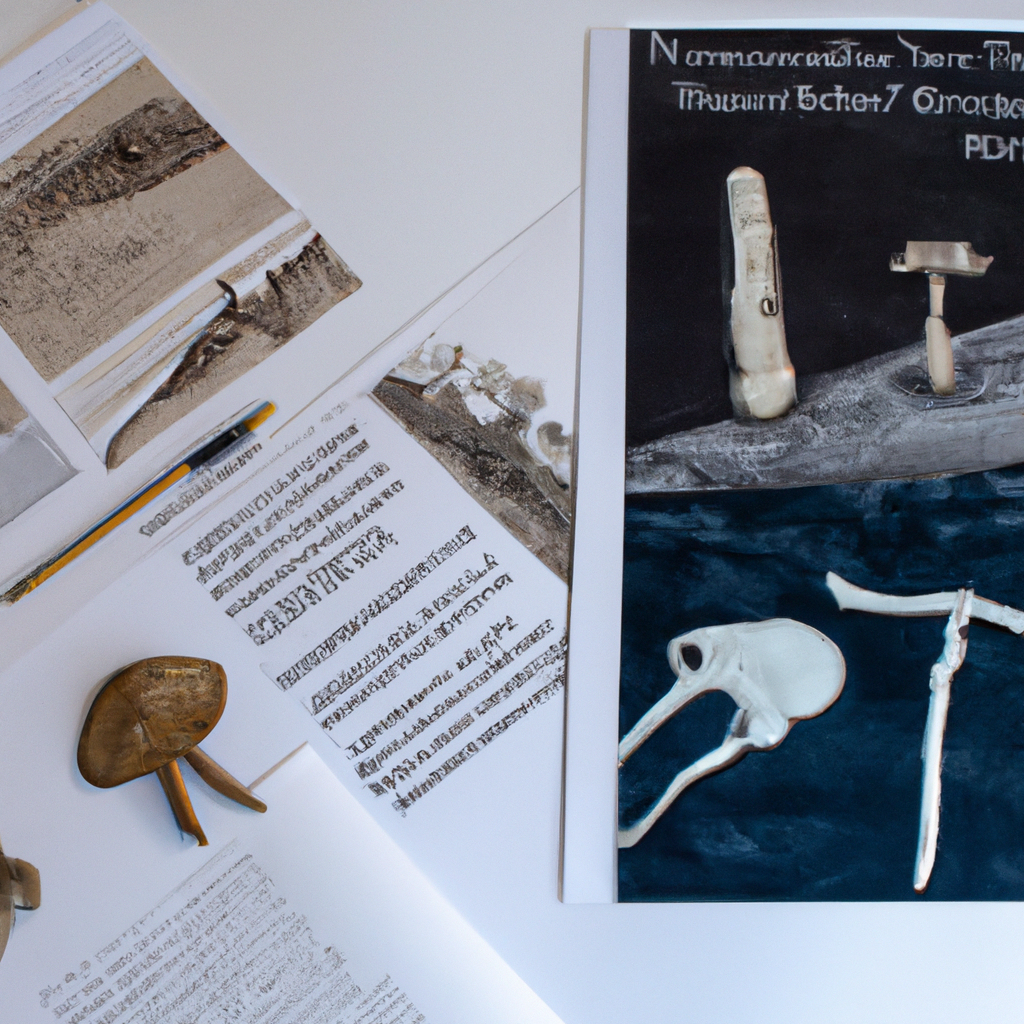
In the ethereal shadows of history, where whispers of the past interlace with the murmur of the sea, lies the enigmatic Seahenge. Recent revelations suggest that this prehistoric wooden circle, far from being merely a mausoleum or spiritual sky pedestal, may have been conceived as a bold response to climate change by our ancient ancestors.
Constructed over 4,000 years ago on the North Norfolk coast of England, Seahenge has long puzzled historians and archaeologists alike. Originally believed to be a site for intricate burial rituals or celestial worship, the understated grandeur of Seahenge's timbers encircling a dark upturned tree stump speaks of deeper, more urgent communal efforts.
The changing climate of the era, marked by rising sea levels and increasing storm surges, would have posed significant threats to the coastal communities. In this light, it is conceivable that Seahenge served as a sophisticated attempt to control, or perhaps appease, the capricious forces of nature. The deliberate placement of the monument, at the precarious junction where land meets water, underscores its potential role as a bulwak against the encroaching sea.
Analyzing the architecture of the monument itself, the choice of wood—an organic material which both lives and decays with the rhythms of the earth—may symbolize a harmonious, perhaps even symbiotic, relationship with the natural world, rather than an attempt to dominate it. This interpretation is reinforced by the orientation of the Seahenge timbers, which may have been strategically positioned to track solar and lunar cycles, thereby enhancing the community's ability to predict and prepare for environmental changes.
This fresh perspective on Seahenge invites us to reconsider the narrative of human interaction with our environment in the prehistoric period. Far from the often depicted brutish struggle against the elements, the construction of Seahenge may represent a thoughtful, collective adaptation to changing climates. It reflects a sophisticated understanding of the environment—and a reverence for it—that could inform our current environmental crises.
As we continue to grapple with global climate change, the story of Seahenge serves as a poignant reminder of the resilience and ingenuity of human societies. It beckons us to look back to our ancient roots to find forward-thinking solutions. In the haunting silhouette of Seahenge's timbers, we find not just the echoes of a distant past but the key to a sustainable future.